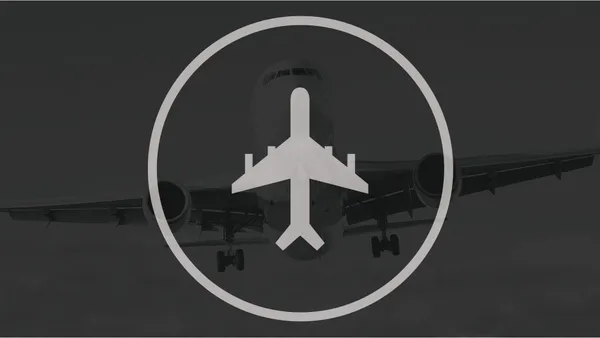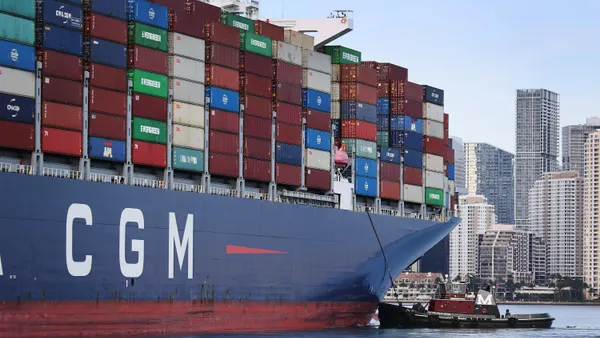Dive Brief:
- Abercrombie & Fitch’s Q1 freight costs exceeded the company’s estimates by $15 million due to rising rates and supply chain disruptions, executives said in a May earnings call.
- Cost of sales reached $363 million during the first quarter, a figure 27% higher than Q1 2021. Freight costs alone were about $80 million above the previous year, CFO Scott Lipesky said during the call.
- To mitigate rising costs going forward, the retailer is “scheduling earlier inventory receipts to allow for longer lead times, expanding its number of freight vendors, and reducing air freight usage where possible,” according to its 10-Q.
Dive Insight:
Vietnam’s lockdowns led to a series of issues for Abercrombie & Fitch, including rising freight costs.
In August, Lipesky told investors extended closures of factories in southern Vietnam in 2021 were leading to an average delay of one to three weeks for fabrics. Even after lockdowns were lifted, Vietnam faced hurdles in regaining production as manufacturers faced a labor shortage. In addition, shipments were delayed as a rise in COVID-19 cases slowed port operations.
To avoid further inventory delays, retailers like Abercrombie & Fitch, Croc’s and Urban Outfitters decided to ship products via air. But it came at a cost, which showed up on balance sheets over the past two quarters.
Abercrombie & Fitch's cost of sales surge
Cost of sales ballooned to $484 million in Q4 2021, with executives attributing the increases to a higher dependence on airfreight.
“We saw a lot of that air freight hit in Q4,” Lipesky said in May. “And then actually a lot of that air freight from an accounting perspective, hit us here in Q1 as you flow it through the inventory balance.”
Since Abercrombie & Fitch does not expect another disruption to the scale of Vietnam going forward, Lipesky said the company expects to use less airfreight and reduce costs.
“We're optimistic that we're not going to see big disruptions like last year and assuming that happens, we should see a really nice benefit from air freight in the back half,” Lipesky said.















